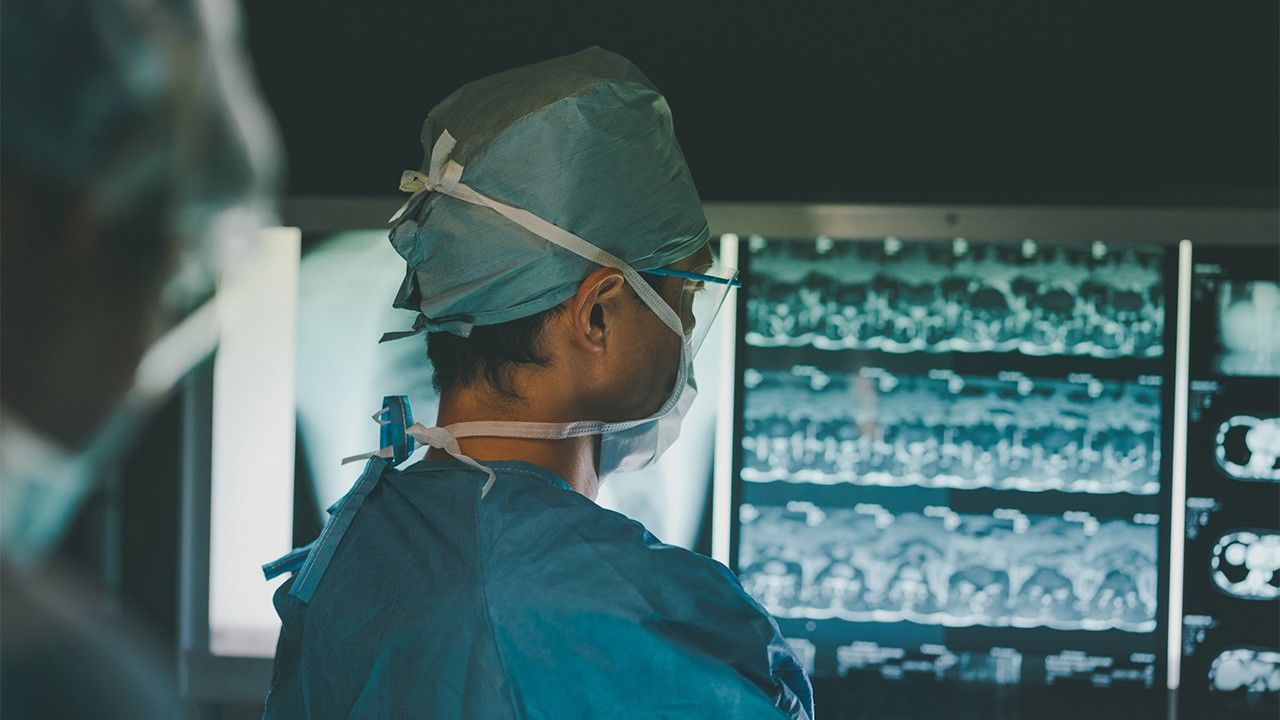
Early Detection Crucial: Japan’s 10-Year Cancer Survival Rate Stands at 53.3%
Health- English
- 日本語
- 简体字
- 繁體字
- Français
- Español
- العربية
- Русский
A study by the National Cancer Center Japan found that the 10-year survival rate for patients diagnosed with cancer in 2010 was 53.3%. From this study onward, the center has adopted the net survival rate, which counts deaths when cancer is the sole cause and is widely used internationally, in place of the previously used relative survival rate. This is the reason for an apparent drop since the last survey, when actually a trend toward improved survival continues.
The results were based on statistics of 340,000 people diagnosed at designated cancer care hospitals in Japan were. Prostate cancer had the highest survival rate with 84.3%, followed by breast cancer (women) with 83.1%, and uterine cancer with 79.3%. Pancreatic cancer had the lowest survival rate with 5.4%.
Meanwhile, the 5-year survival rate, based on the diagnoses of 940,000 people between 2014 and 2015, was 66.2%. The survival rates were highest for prostate cancer, at 95.1%, and breast cancer, with 91.6%, while pancreatic cancer was 12.7%.
The 10-year survival rates for each of the four stages of cancer, with stage 1 being the earliest, clearly show the importance of early detection and treatment. For example, the 10-year survival rate for stage 4 stomach cancer is 6.0%, but if detected at stage 1 it rises to 80.4%.
(Translated from Japanese. Banner photo © Pixta.)


